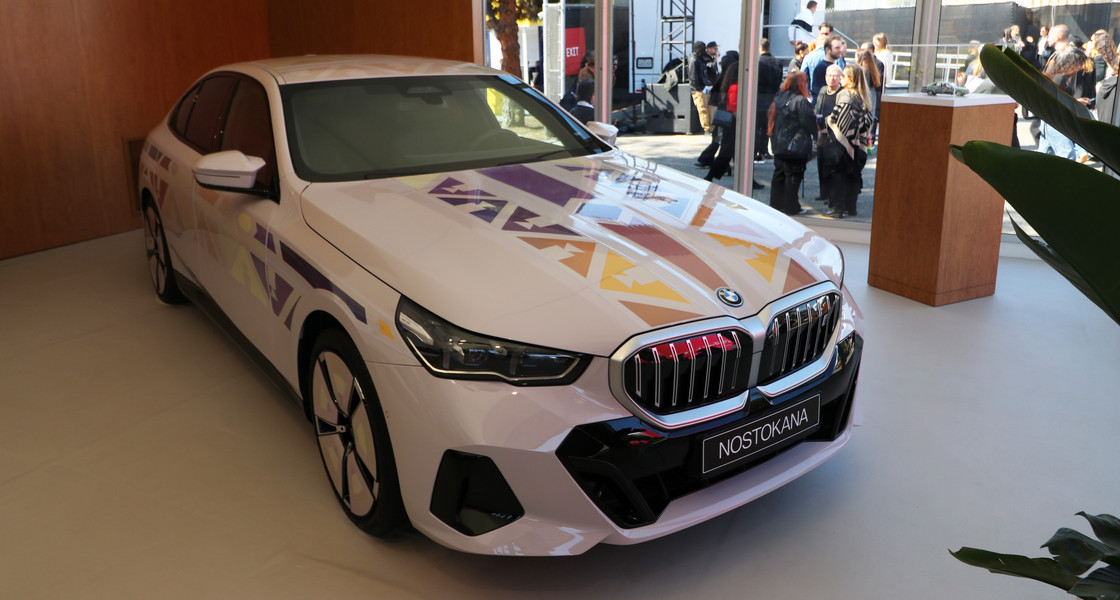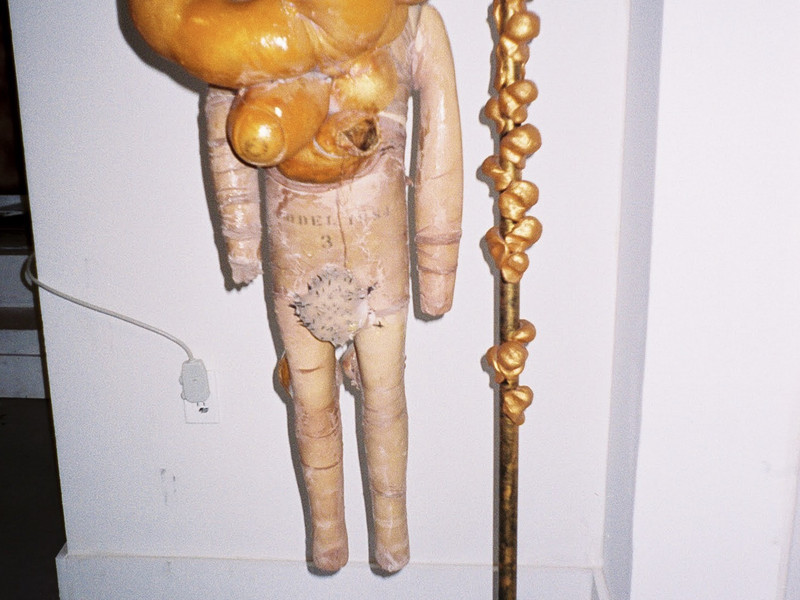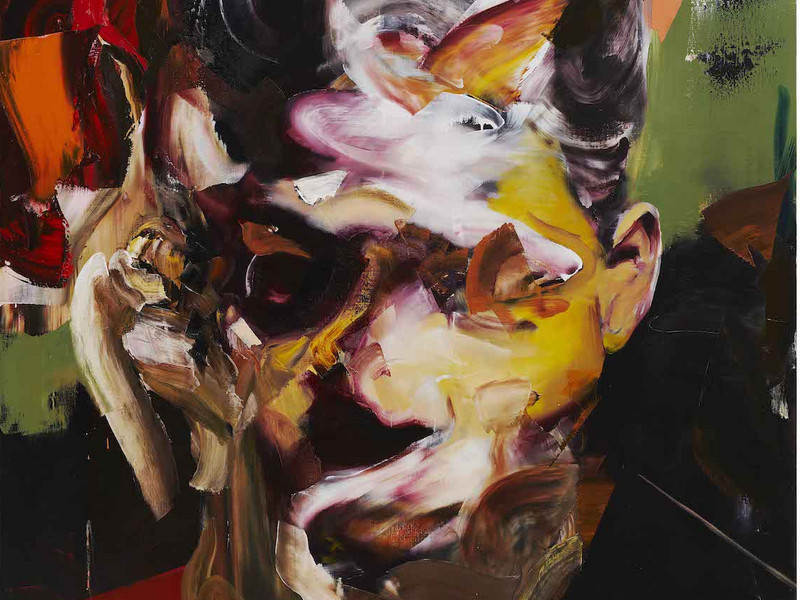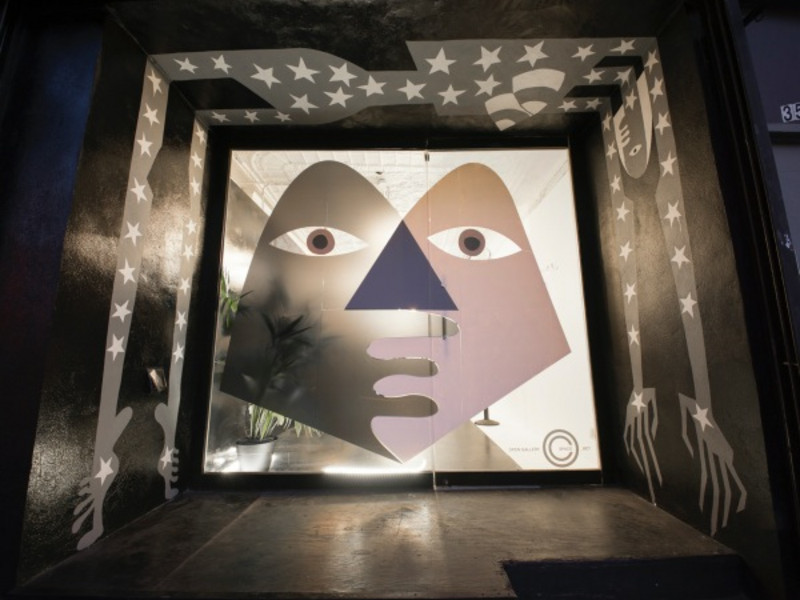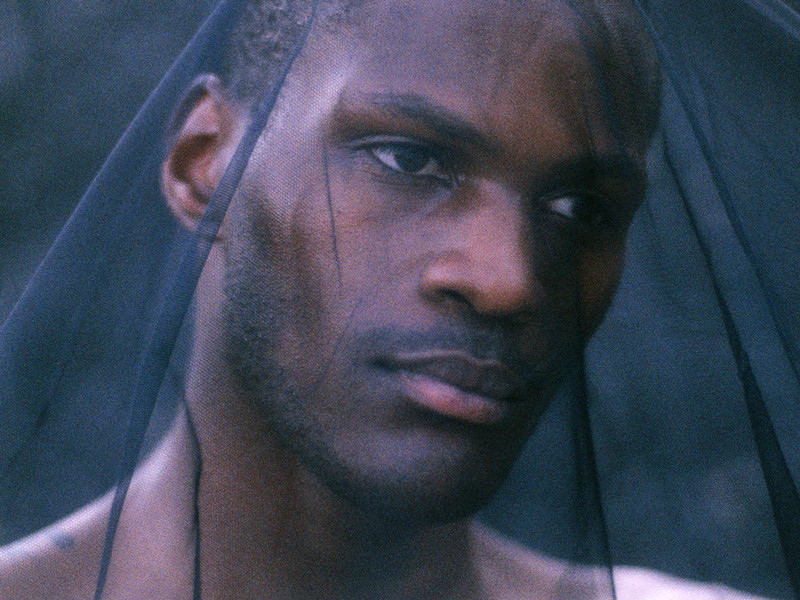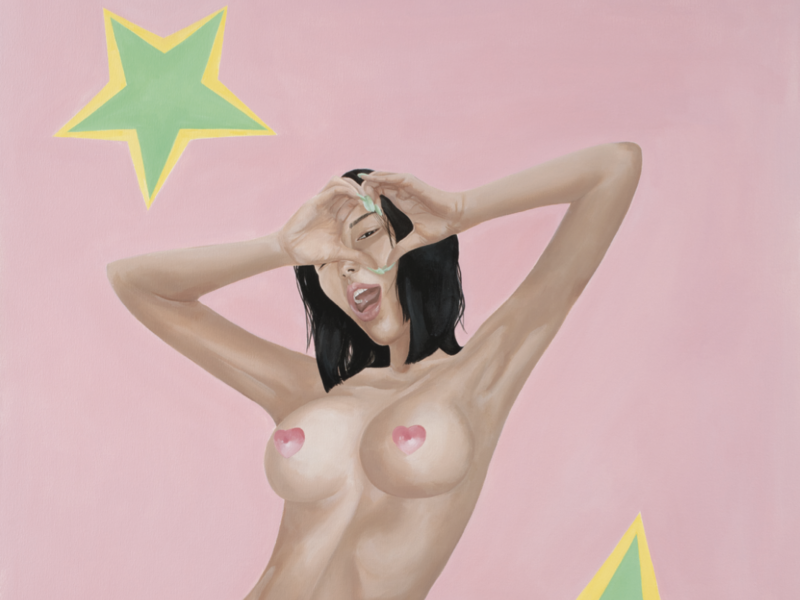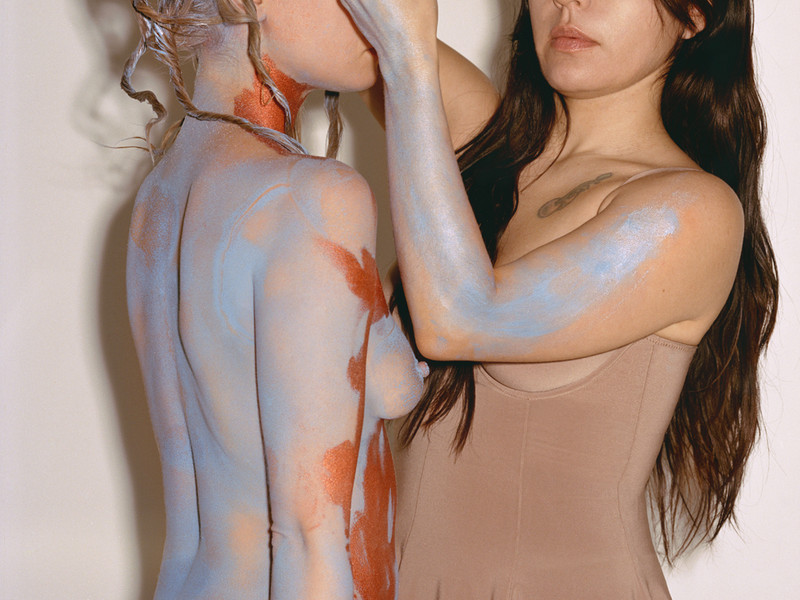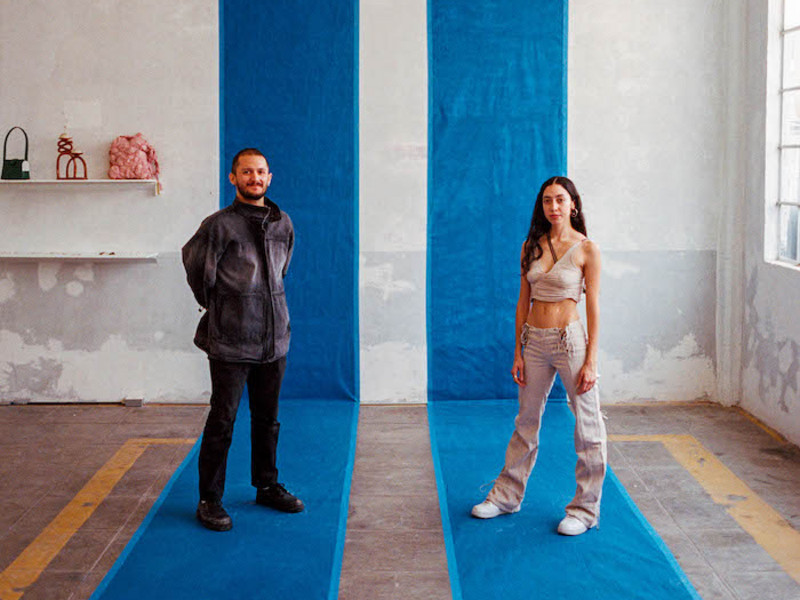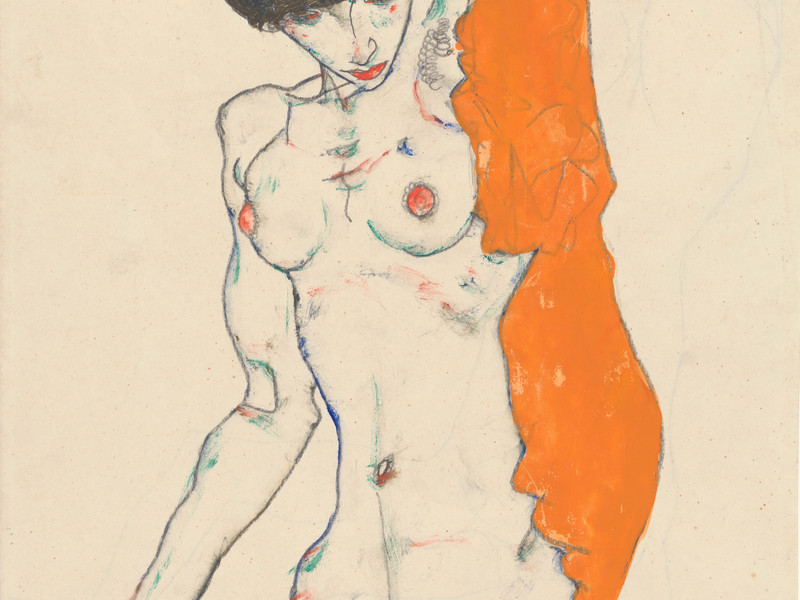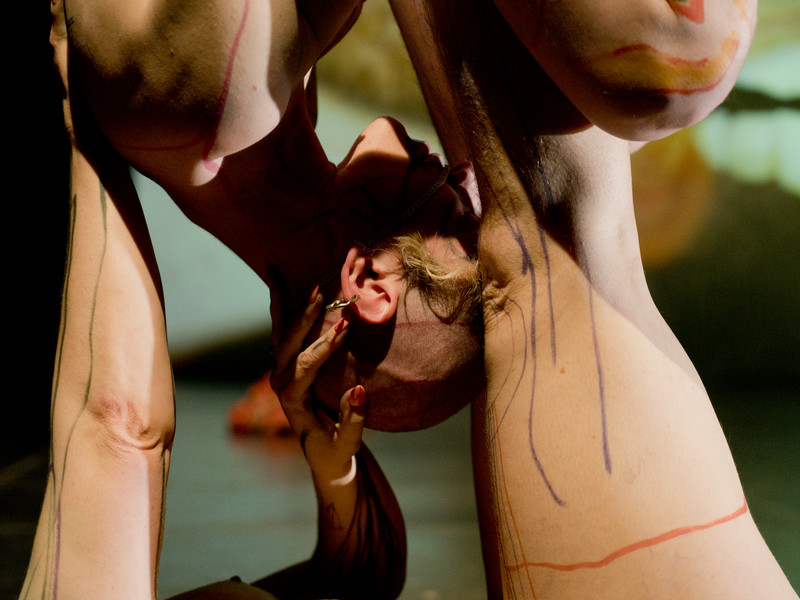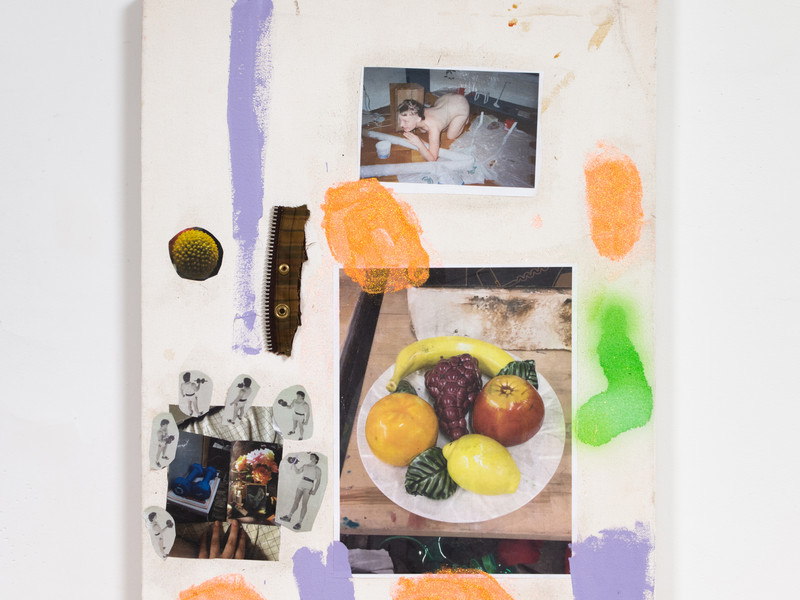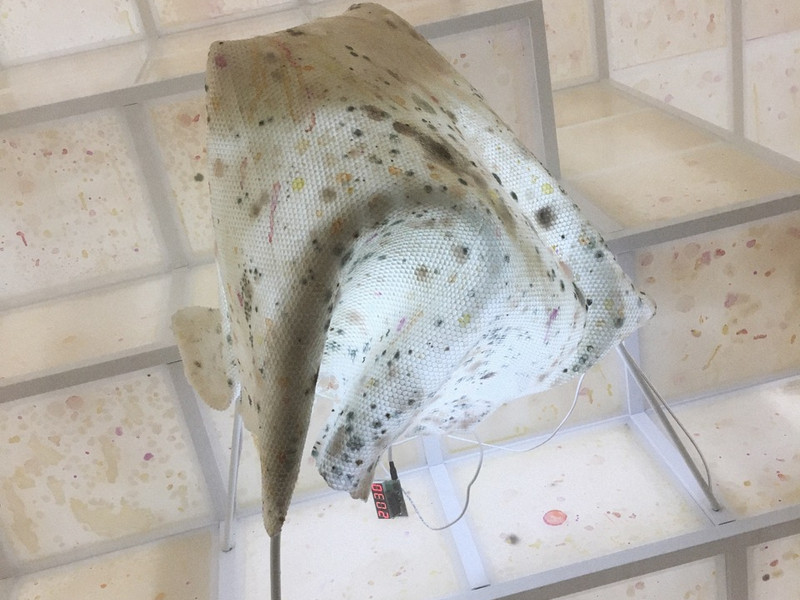BMW and Esther Mahlangu Light Up Frieze
This one-of-a-kind vehicle integrates color-change technology with the signature colors and geometric patterns we’ve come to associate with Esther Mahlangu's work. To ensure the faithful recreation of every intricate detail of the ornate artwork, the BMW i5 Flow NOSTOKANA has been fitted with 1,349 individually controllable sections of film.
The complex colors and patterns showcased in the artwork offer a glimpse into the future potential for customized vehicles that fans of BMW’s innovation can look forward to. We took time from exploring the artwork to catch up with Stella Clarke, BMW’s research engineer as well as Esther Mahlangu in order to understand both of their perspectives.
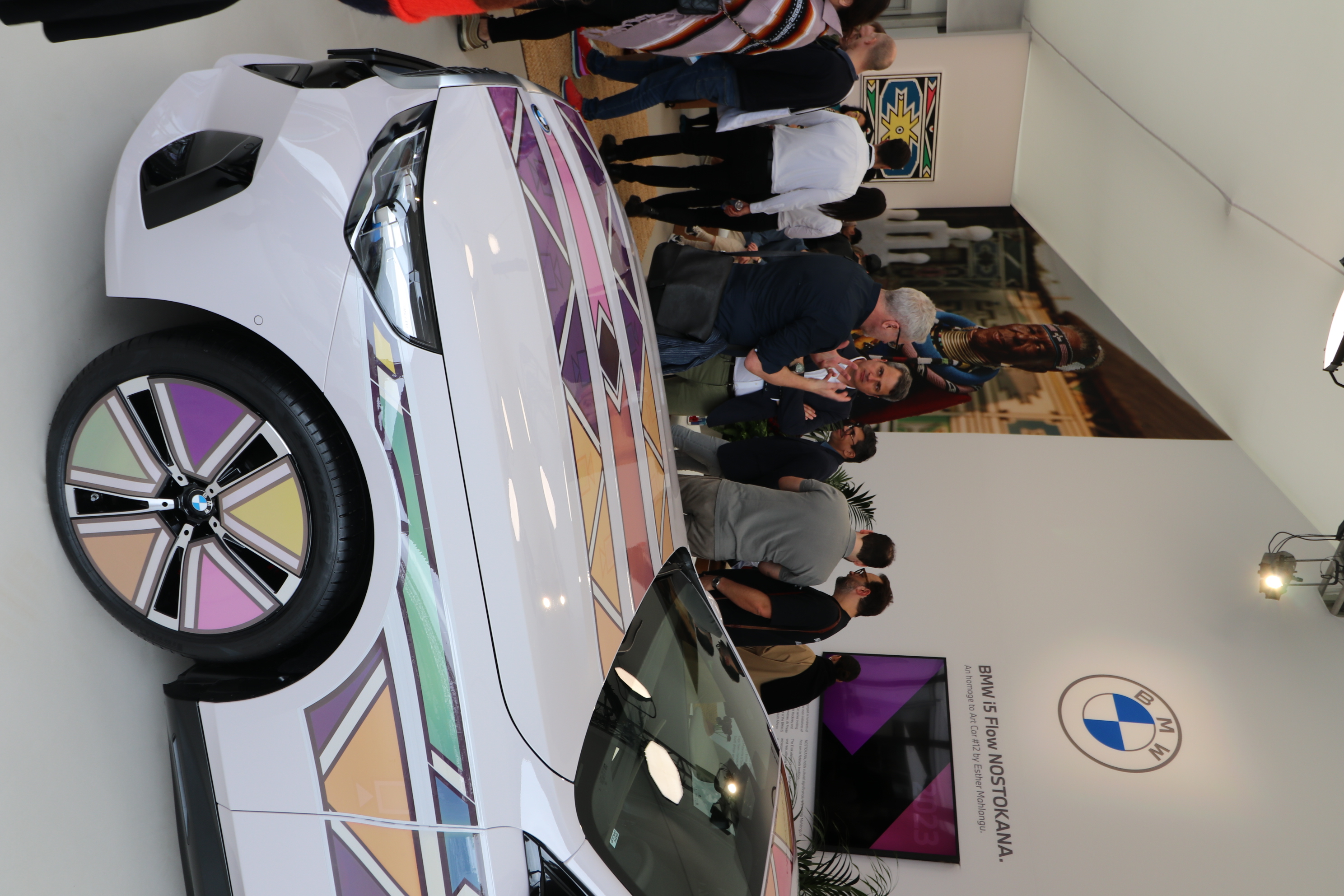
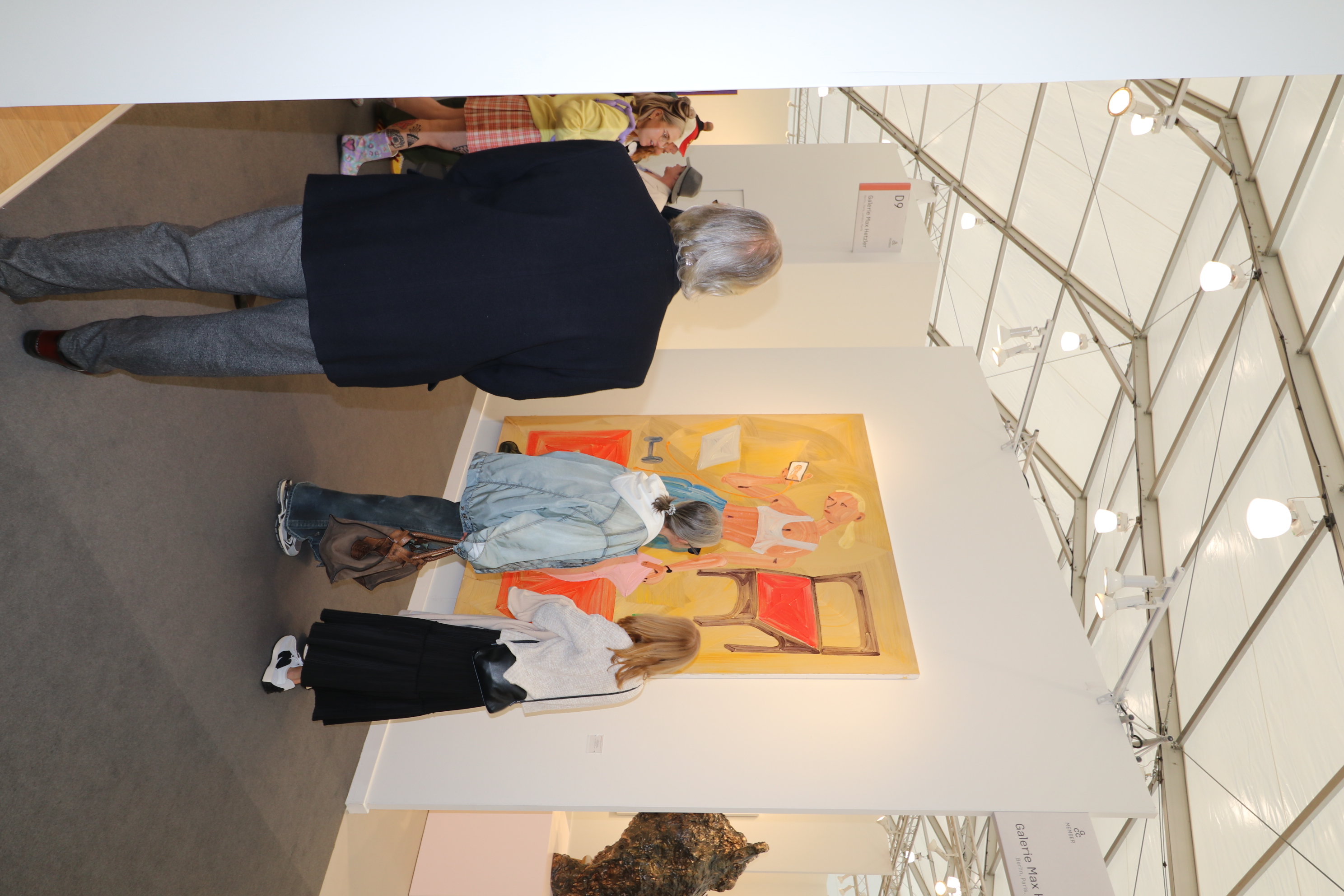
What about Esther makes her the right artist for BMW to collaborate with?
Stella Clarke, Research Engineer Open Innovations, BMW Group - I think there's a number of things there. So, the journey to this car started about six years ago and before we even had prototypes, I had a pitch deck to try and convince people of using E Ink in a car. And at the very end of that pitch deck came a picture of her looking at her art on the dashboard with a huge smile on her face. And that was the moment where people understood what I wanted to do with E Ink. So that was really a key moment and a key inspiration for everything that happened after that.
Second of all, it just fits in really well together, her art with the idea of color change in multiple ways. Of course the art is very colorful and the ability to kind of change the color brings a dynamic element, a modernity into her art. Throughout the history of this African art from the Ndebele culture, there's also a certain progression in there. They started painting with earth colors, just colors of the materials that you had around. And then when acrylic colors came, they moved onto that and she was the first person to take this art and put it onto canvas. So innovation has always been a part of her and her art as well. And so this is a way to continue the story of innovation with her art on our car. And she did paint the 12th art car BMW art car, which is quite legendary. And so this was also a nice way for us to pay homage to her art car while also showcasing the innovative side of BMW.
How do you think her style and vision compliments BMW's design philosophy?
Stella Clarke - I think the playfulness of her art, and the joy in her art fits together with the joy of what BMW tries to bring to its customers and the products that we make.If you try to ask Esther philosophical questions about her art, she says she just wants to bring joy to people and she wants to kind of show her tradition to the world. And I think it's the same thing that BMW wants to try and do, bring joy. It's a part of our slogan, right? Bring joy to the customer. And also a certain amount of heritage is also in there with BMW, that we are also proud of.
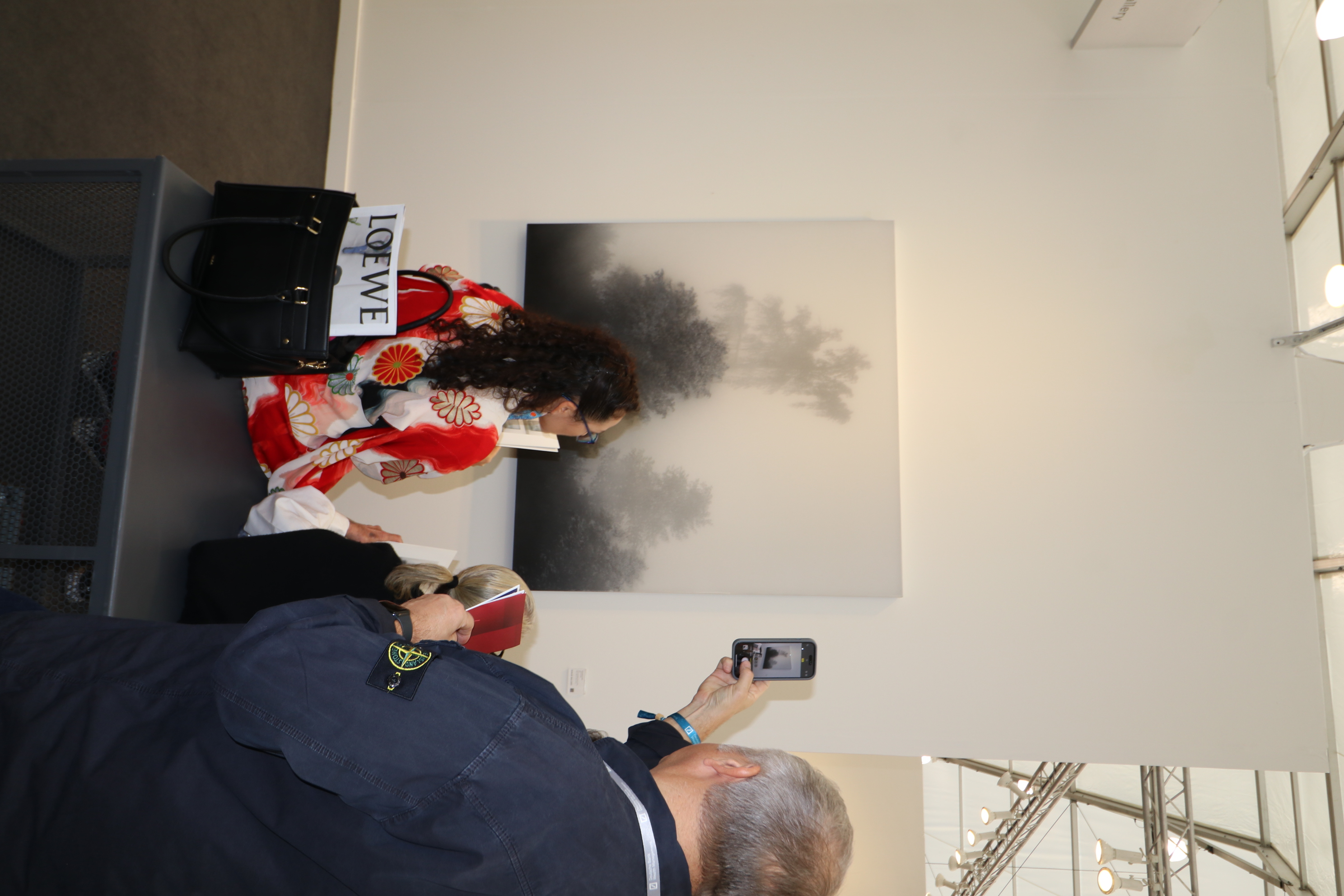
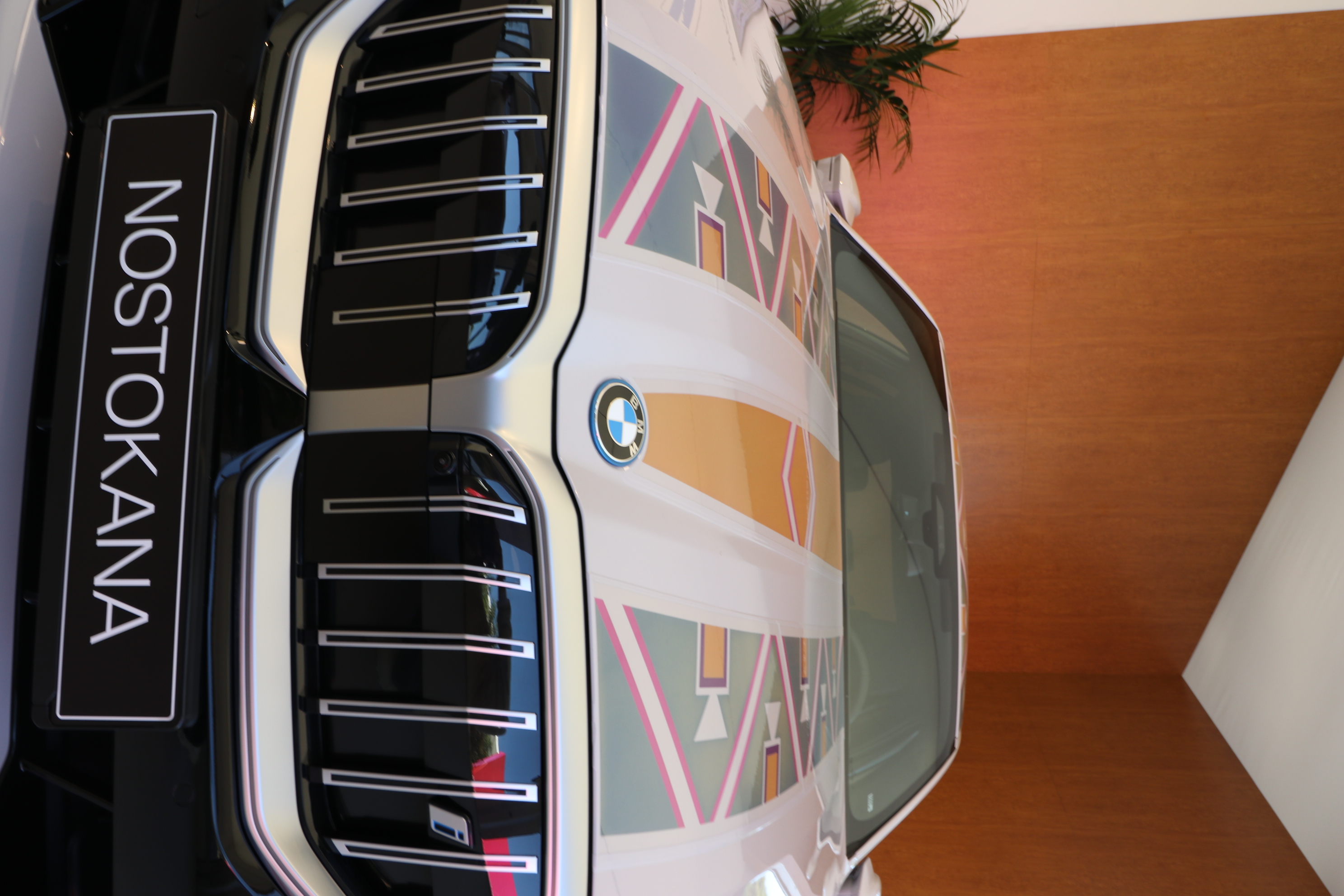
Why do you feel it's important for BMW to merge the worlds of art and automotive design?
Stella Clarke - I think BMW has always supported the arts and here we're seeing a kind of fusion of art and innovation. And I think those two go hand in hand. I think something that's innovative and something that is creative is something that brings joy, brings light, perhaps even a certain amount of disbelief. And we've done this with our changing colors so far. We know that people often can't believe what they're looking at. And I think art often aims to do that as well, right? The art kind of aims to push your mind. It aims to delight, it aims to bring you joy as well. And I think that's how art and innovation can come together. So I think we can both learn from each other because we both have the goal of delighting and bringing joy to people.
Do you think art, and this collaboration in particular, will shift perceptions of traditional car design?
Stella Clarke - I think so. I think it's a wonderful playfulness that we're showing here. And I think not only this car, but the other cars that we've done with color change so far with E Ink. There, we showed cars that can change their colors and we know based on the reaction that people like to express themselves with their car. So this really brings a new element into car design. It means that you, yourself, every owner of their car can become their own designer. And at any given day, you can choose how you want to express yourself with your car. It's a new dimension in terms of car design.
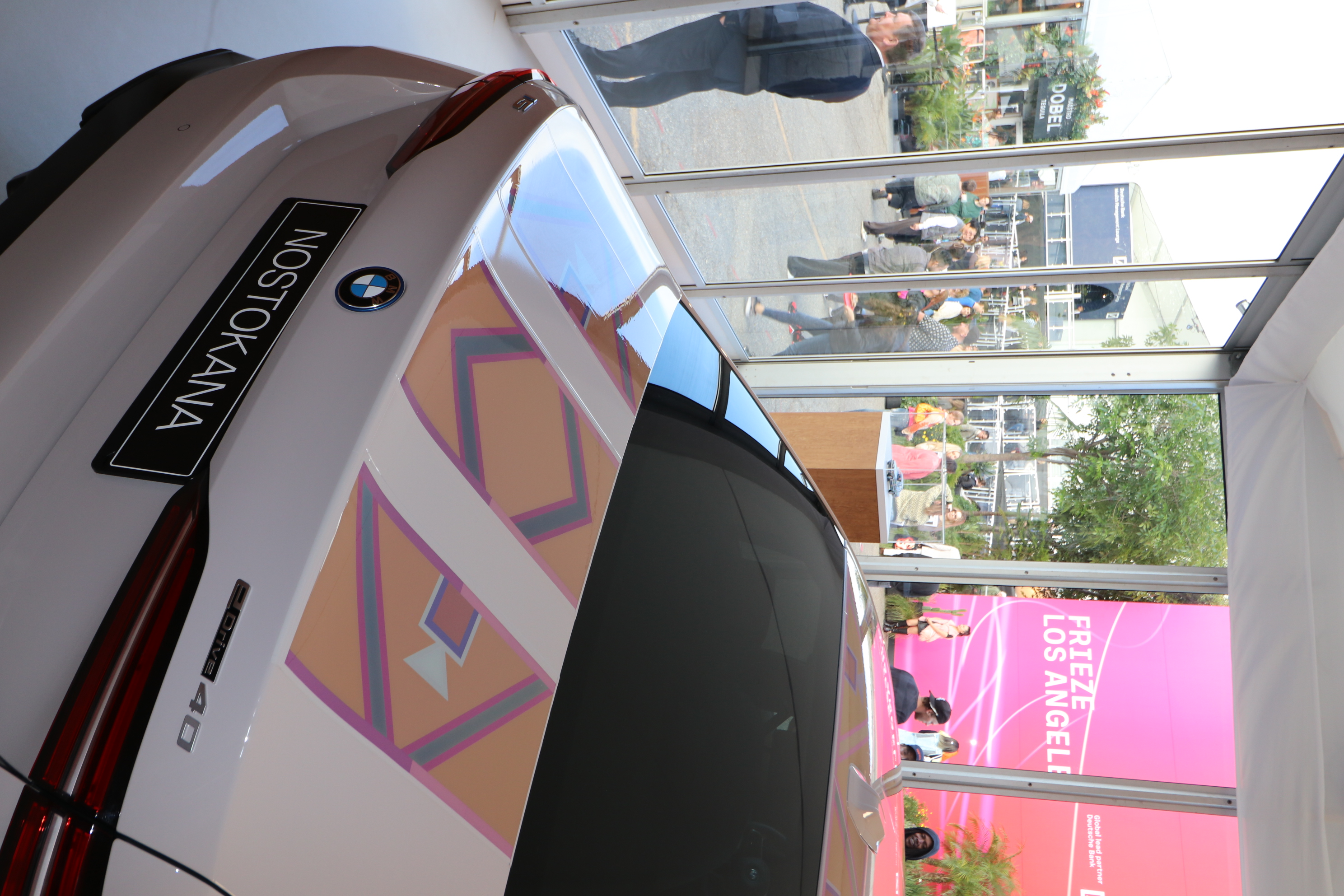
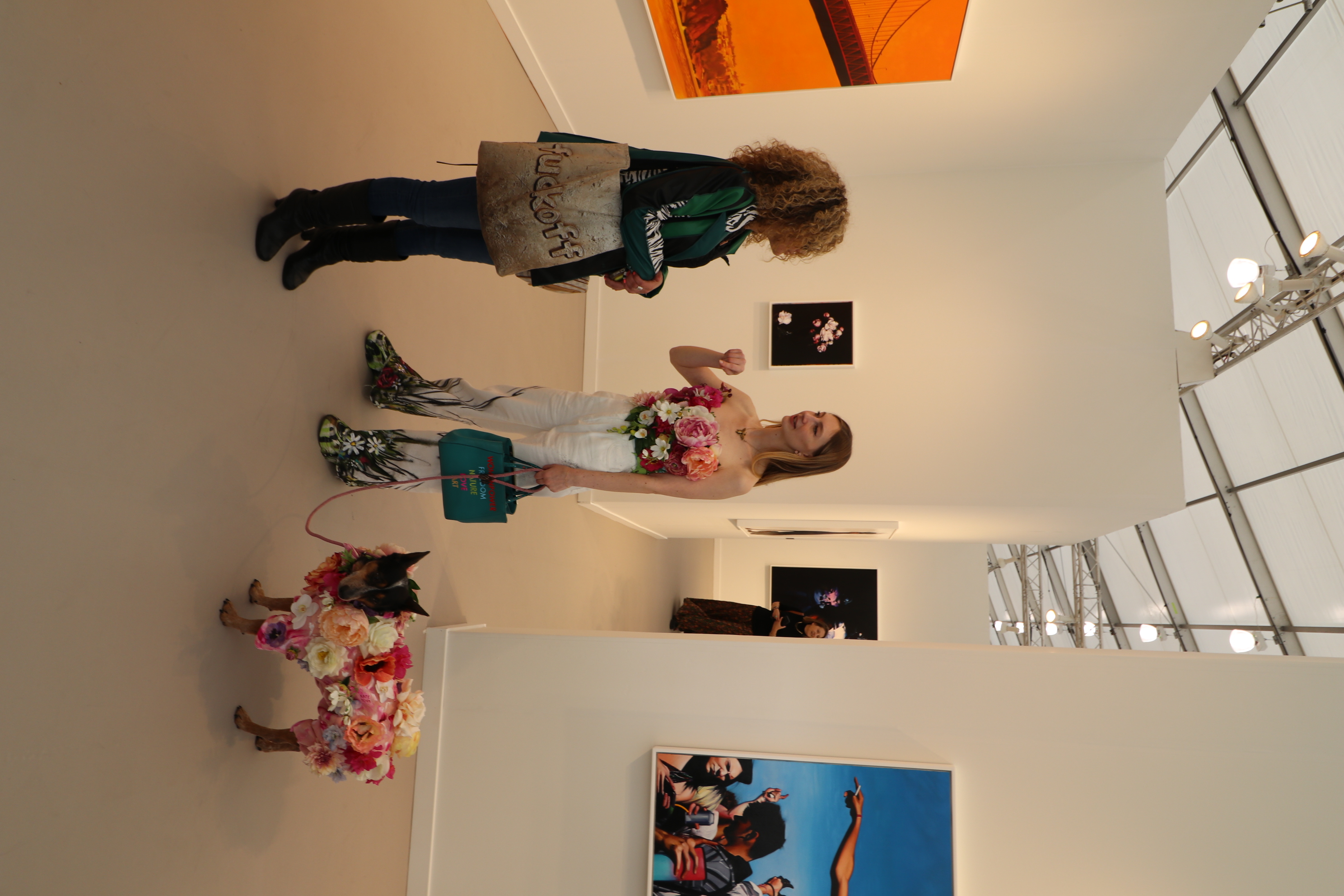
What about BMW as a brand makes them the right fit for a collaboration?
Esther Mahlangu - I have a long and mutually beneficial relationship with BMW that goes back to 1991. They have proven their interest and commitment to art over many decades through the BMW Art Car Collection, sponsorship of art fairs, work with museums, and now my Retrospective Exhibition and the tour thereof.
What considerations have to be made when collaborating with such a big company like BMW?
Esther Mahlangu - BMW has been very easy to work with. I have not had to consider many things in our collaborations. They have proposed different projects to me which I have agreed to do and they have been very successful. My gallerist proposed my Retrospective Exhibition to them, and they agreed to support it for which I am grateful.
Were there any creative limitations?
Esther Mahlangu - There have not been any creative limitations other than the medium itself. They have provided me with a car, and I have looked at it as a medium on which to paint or apply my designs.
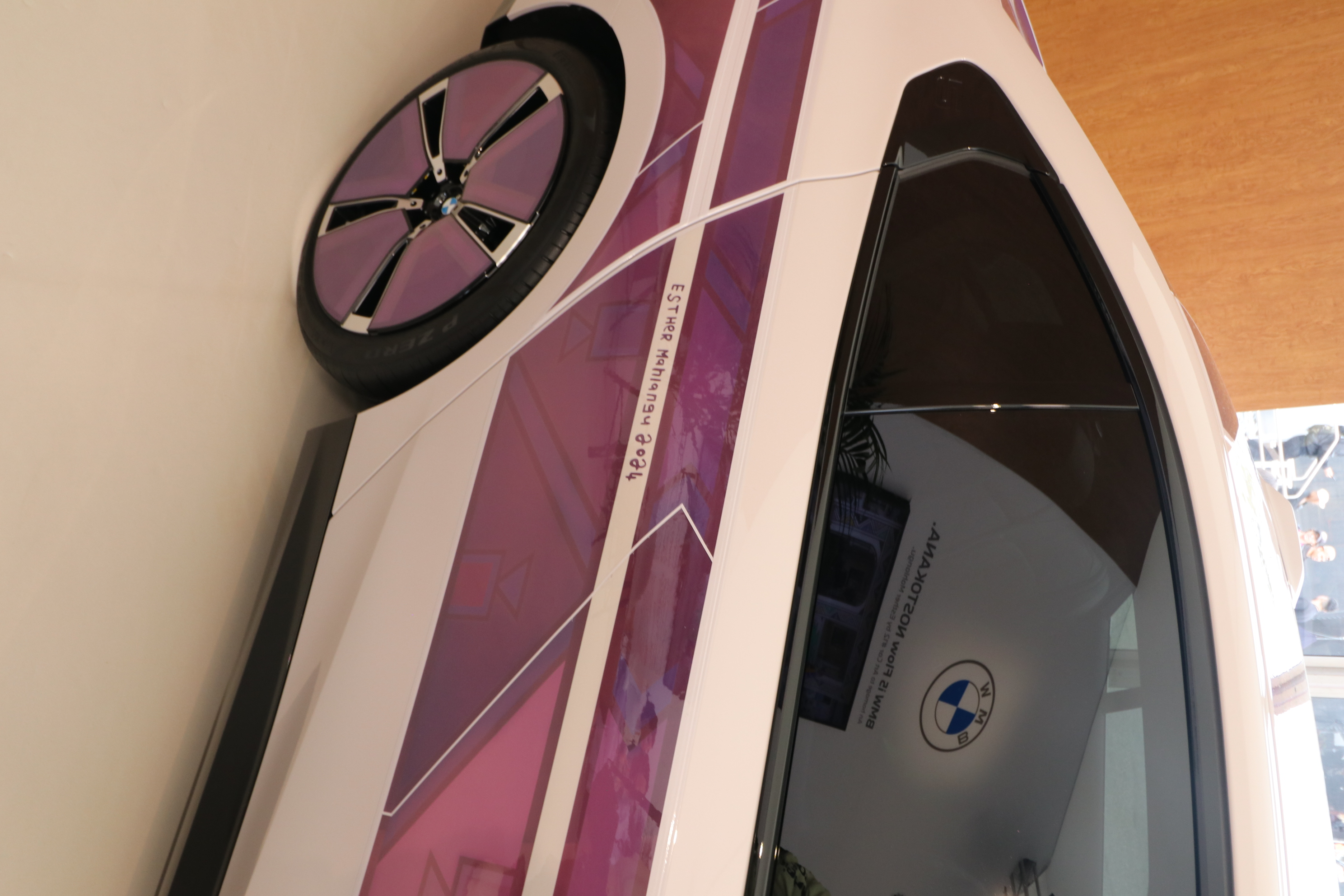
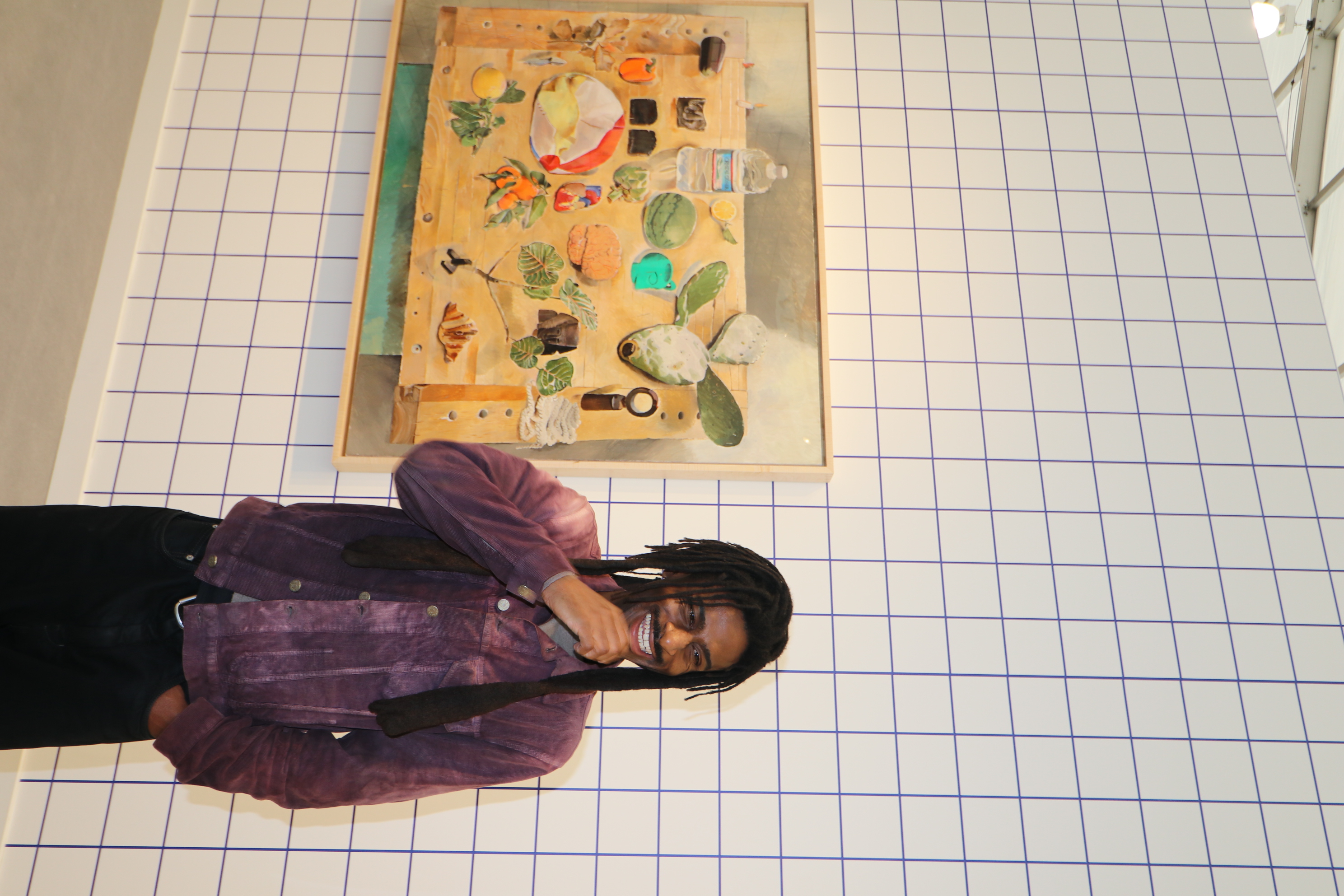
What elements of the artwork do you feel speak most to your South African heritage?
Esther Mahlangu - I was taught the art of Ndebele design as a young girl as is tradition amongst my people. Everything about what I create is therefore closely associated to South Africa, something of which I am very proud.
Has there been a shift in the creative process since the first BMW collaboration in 1991?
Esther Mahlangu - My last two projects with BMW have been very different from our first collaboration in 1991 as they did not require me to paint onto the vehicle. Both used the latest technology to apply my designs to the cars.
Was it difficult to adapt to and welcome technology into the fold?
Esther Mahlangu - It was a simple process to include my designs whilst I expect that it was more difficult to come up with the technology that allowed for this.
